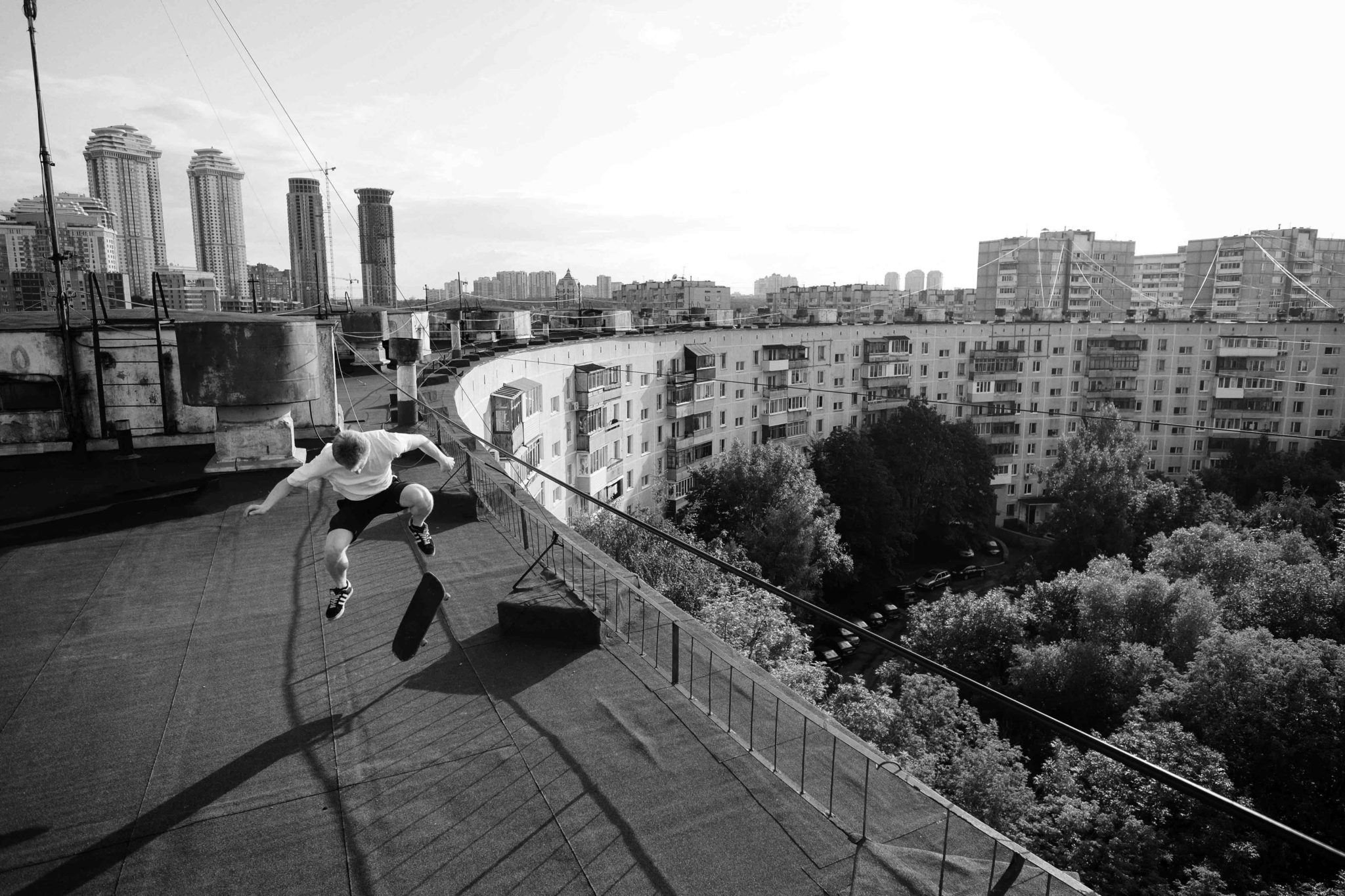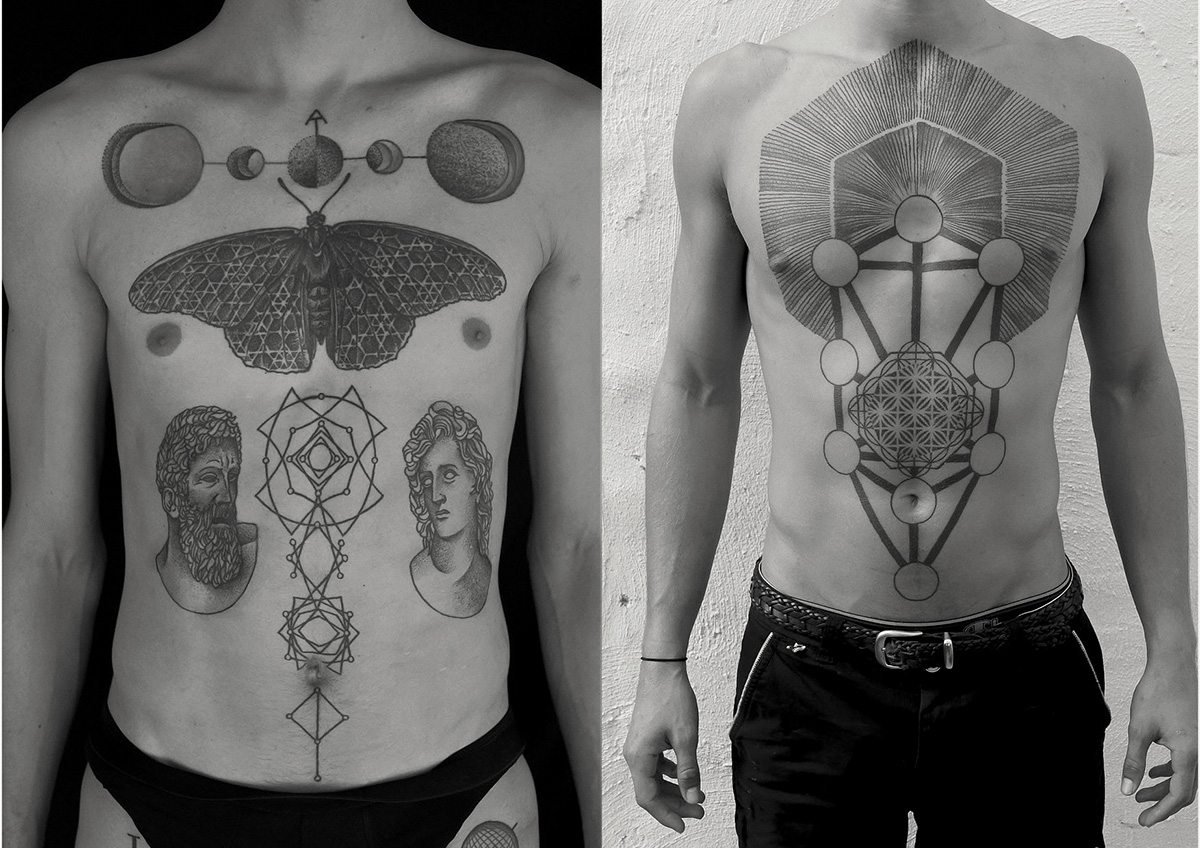Sex and Nothingness: SIBERIAN MODERNISM in the Great Eurasian Steppe
|Thom Bettridge
Some historians have described the Great Eurasian Steppe as the world’s sixth ocean. Its grassy plains stretch from Romania to northeastern China, opening up a vast, smooth space primed for both chaos and transcontinental trade. Much like an ocean, the Steppe is a nomadic space that offers relatively few traces of pre-modern architecture or written history. It serves more as a conduit than a place, a circuit board for the Mongol hoards of yesterday and the Chinese-led New Silk Road infrastructure initiative of today. Novokuznetsk, the title-location of Nikolay Bakharev’s monograph, sits in southwestern Siberia at the center of the Steppe. Although Stalin established the city as a coal-mining and industrial center, Bakharev asserts that its inhabitants retain the a-historical quality of nomads. “Nothing changes in their world,” the photographer once said about his subjects in a 1991 interview, “No matter how many years pass by, things never change.”
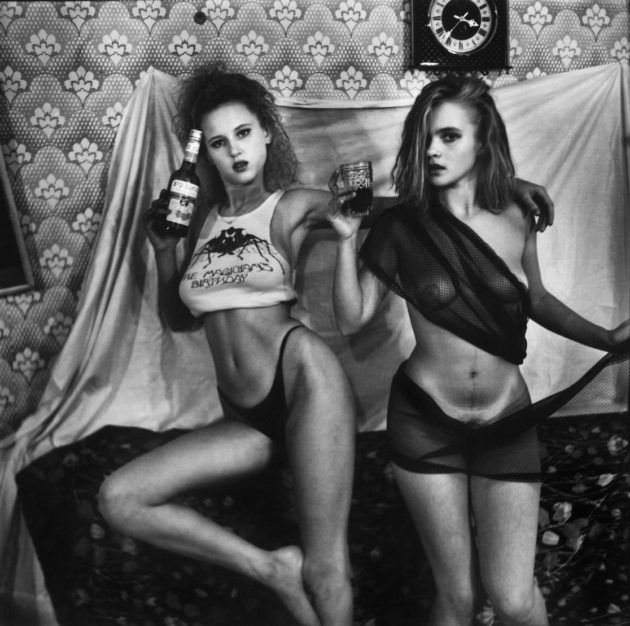
These harsh anachronisms flood Novokuznetsk, or rather they float within its frames like clouds of smoke. The book is a message in a bottle sent from the middle of a verdant sea. Bakharev’s photographs are as much about the cluttered rooms they take place in as the anonymous and undressed characters that populate them. The ambiance is heavy, kitschy. It is soaked in liquor and defined by the indifference of post-industrial living. Bakharev’s subjects put forth a sense of shyness that periodically pulls against the attention of his camera, only to release towards epicurean scenes that stack orgiastically among a mise-en-scène of rugs, sofas, and bed spreads. Although these characters are not always young, they emanate the youthful attitude of not giving a fuck. This comes with the universal feeling of being born to die. And this, too, is a specific relationship to history, as if to say: “This body is only going to exist once, someone might as well take a picture of it.” It is dangerous to ascribe words like “innocent” or “tender” to subjects in nude photographs, and Bakharev’s friends affirm this point. Their eroticism skips pageantry and goes straight to the post-coital cigarette, zeroing in on the lingering sensation of being gratified yet deflated. This is where Bakharev steps in. He is just the guy behind the camera, the one buying the vodka.
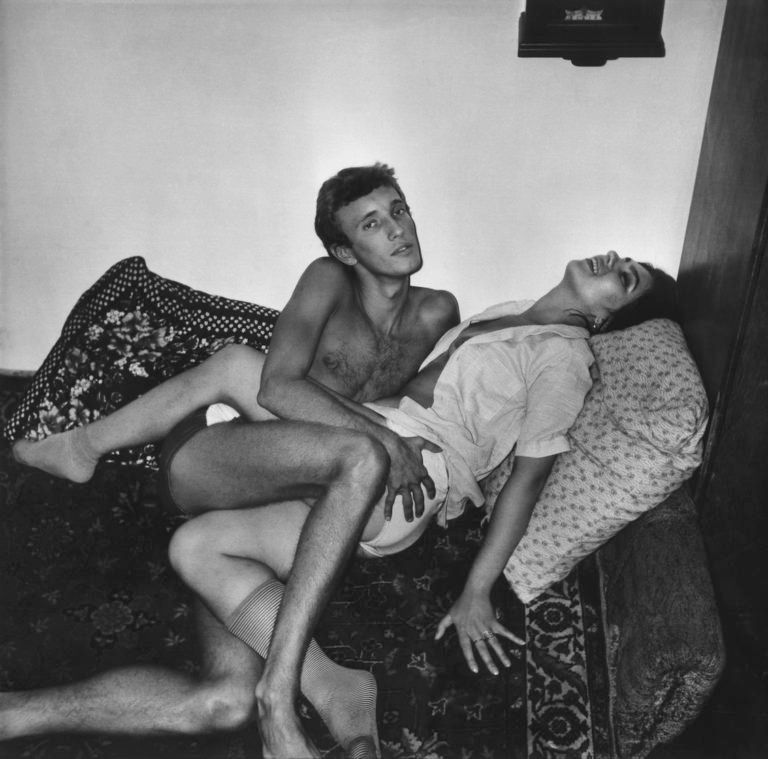
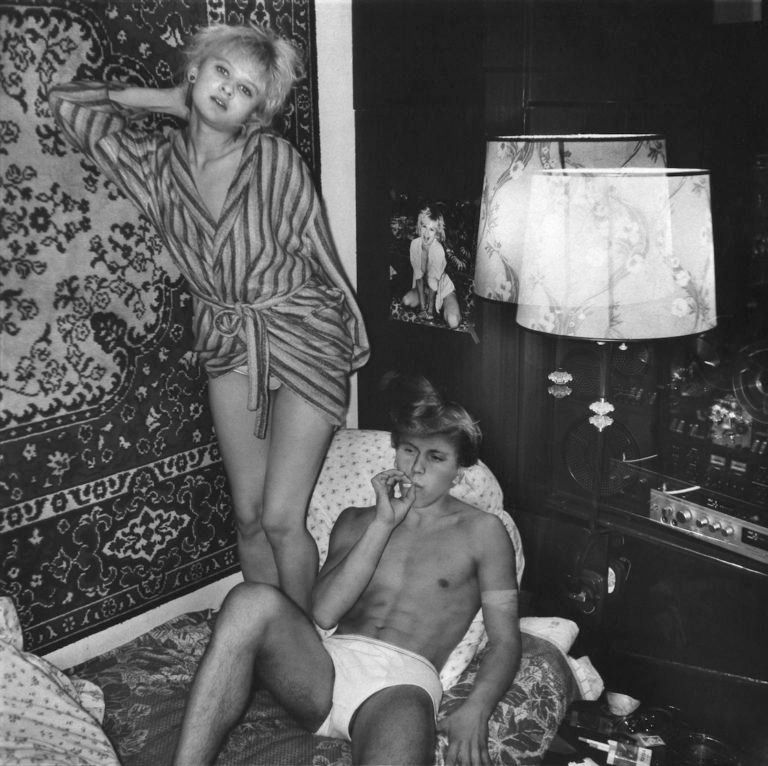
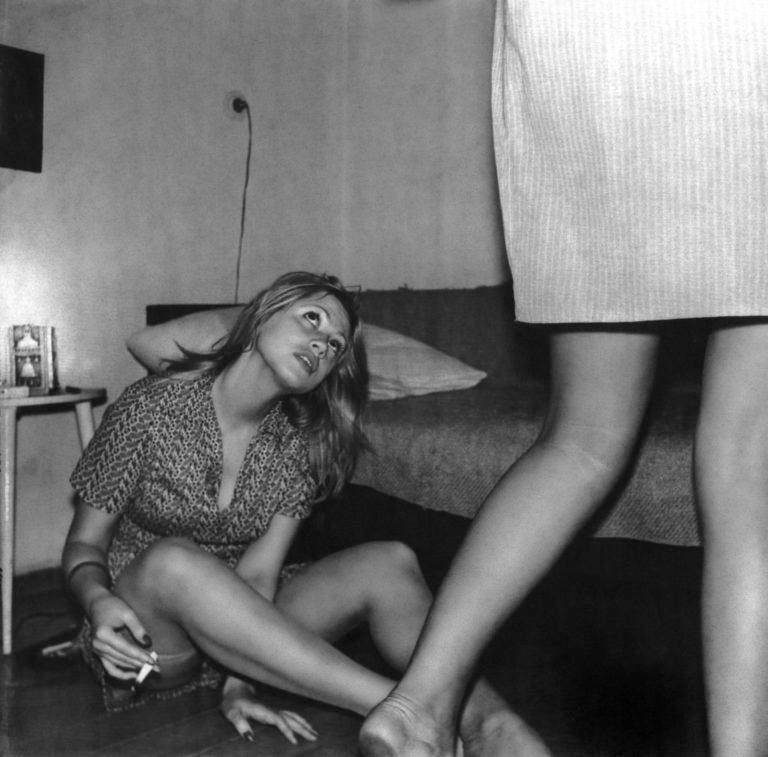
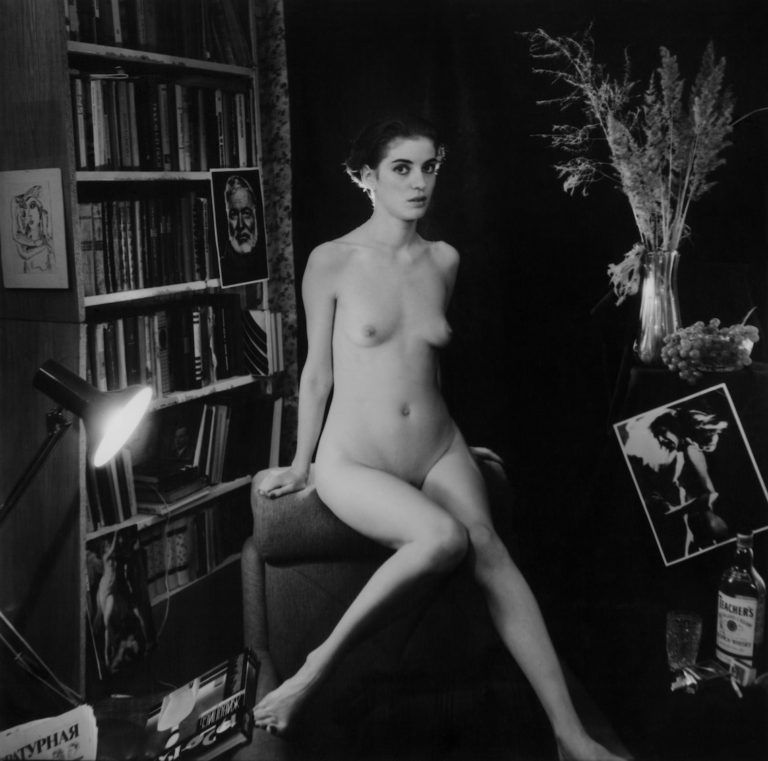
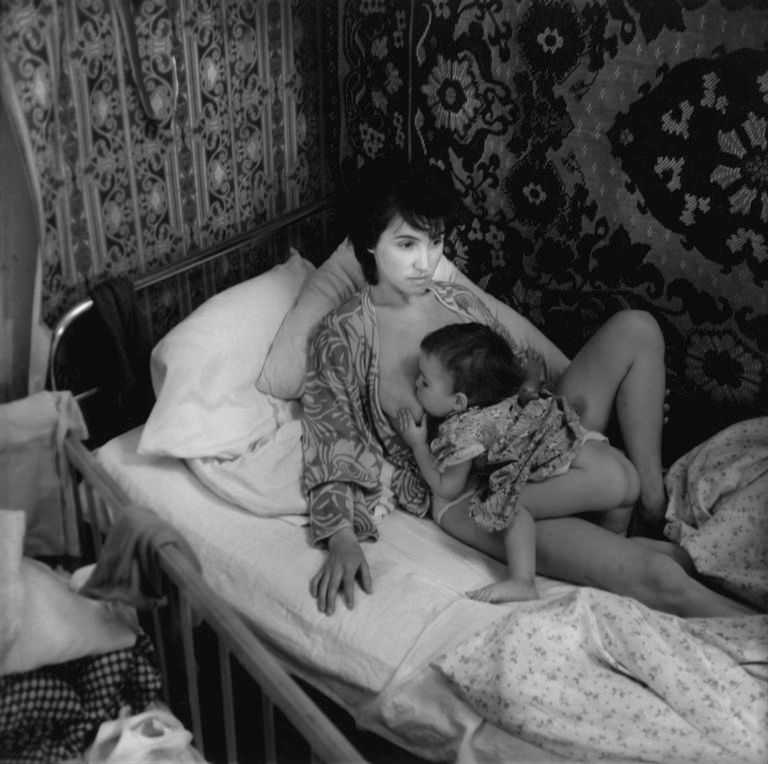
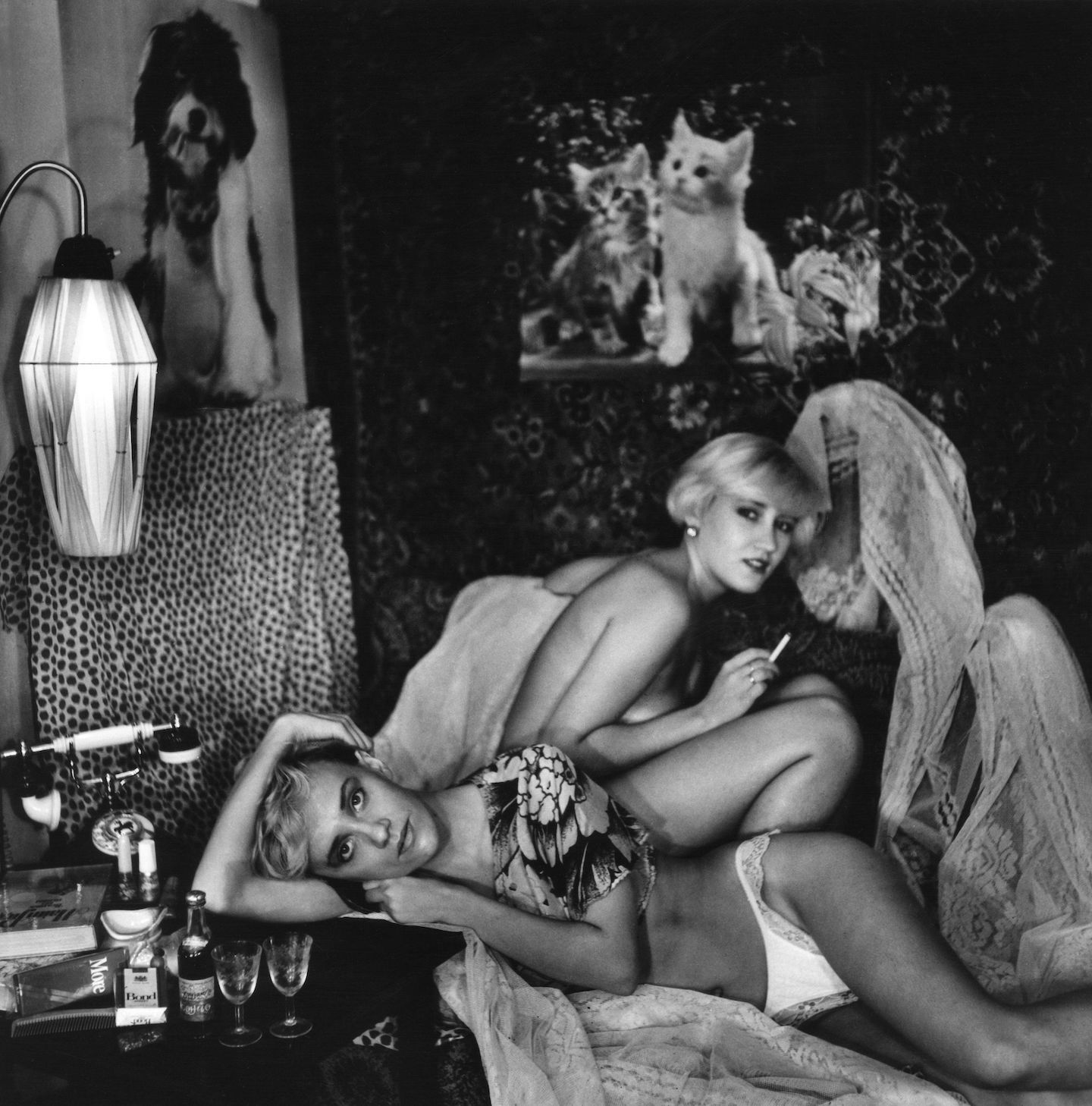
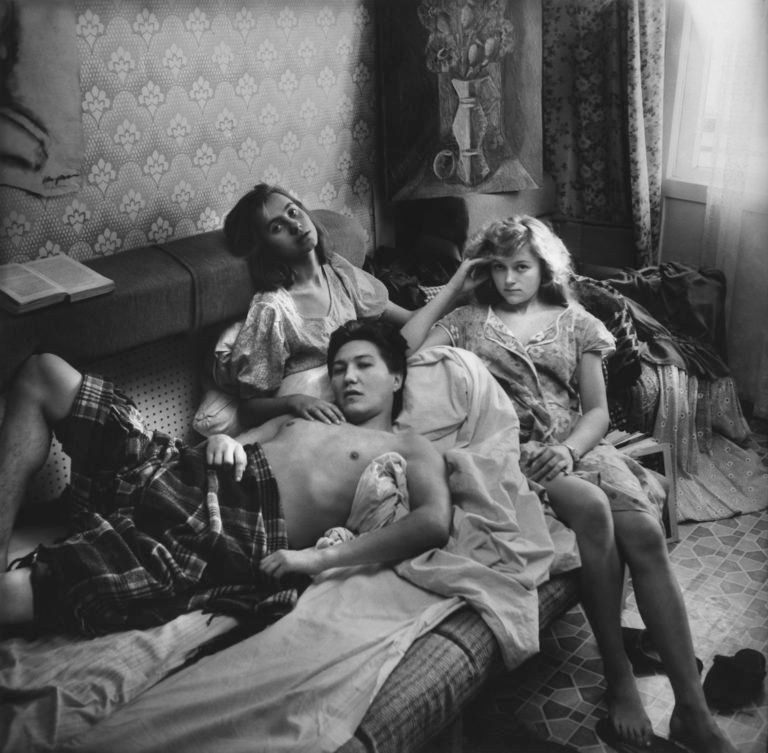
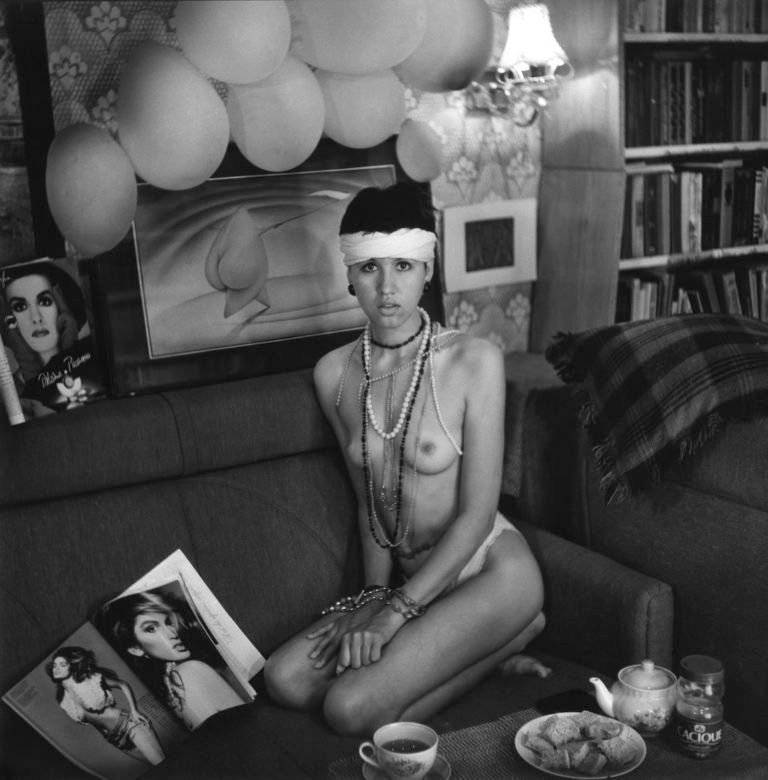
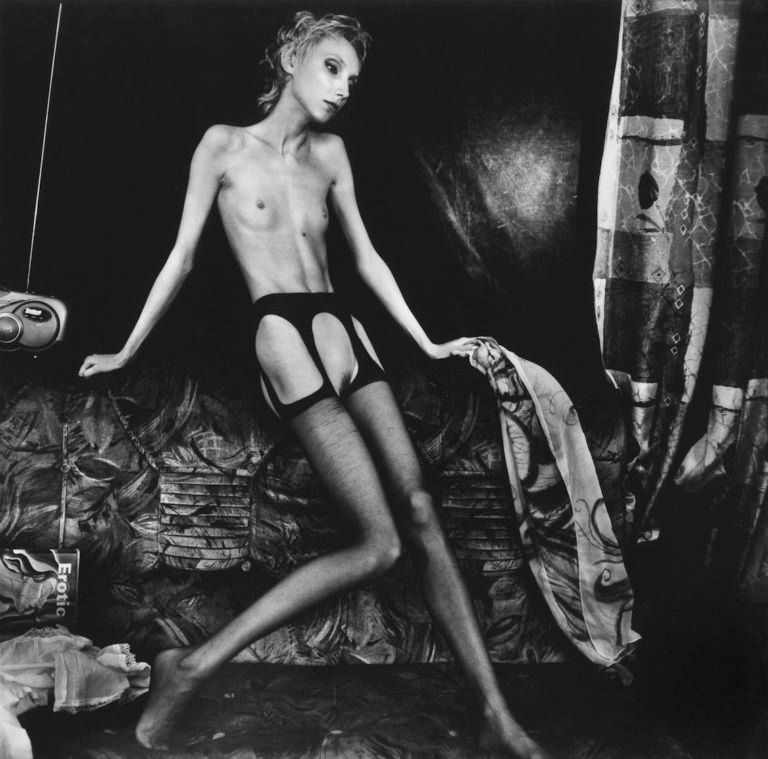
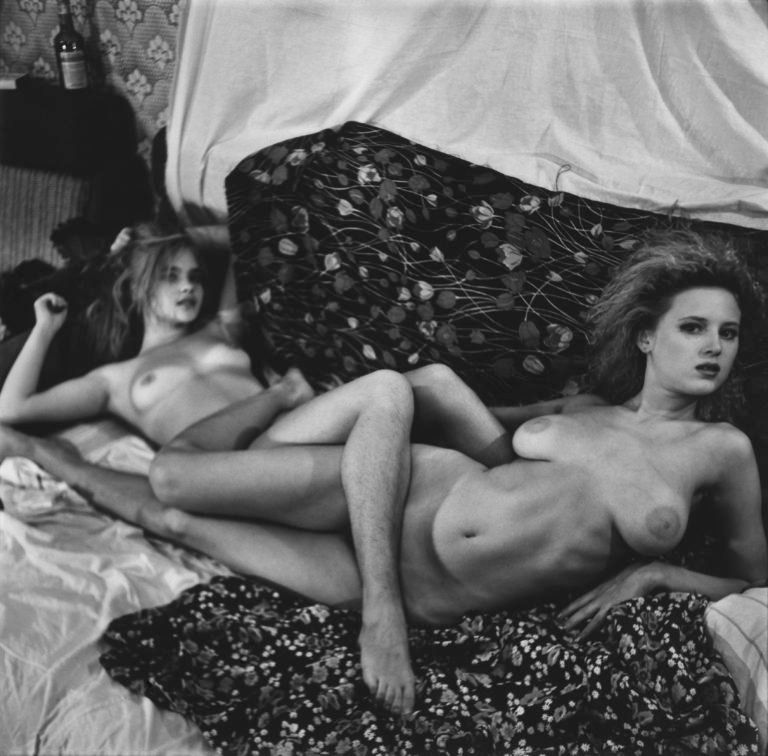
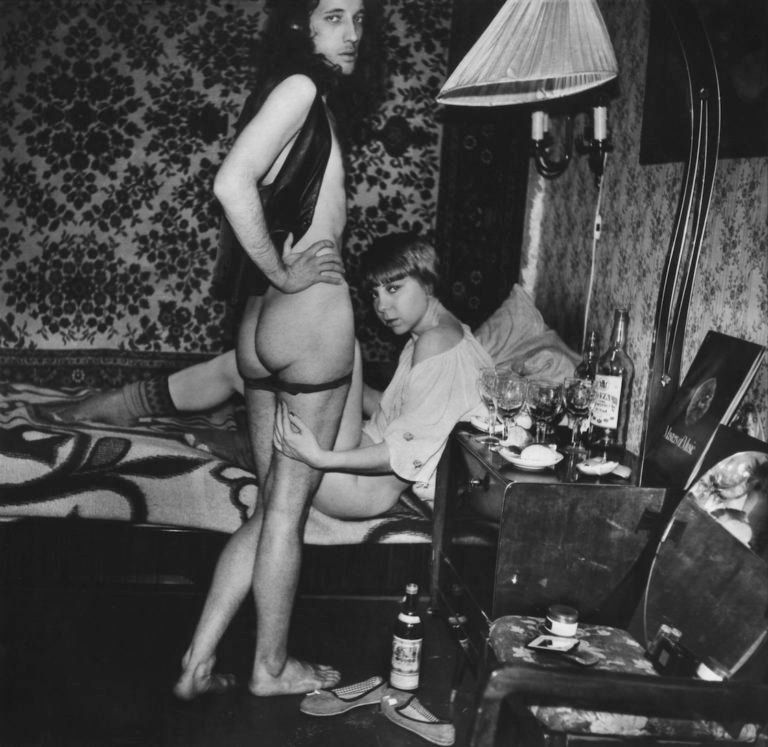
Along with Carlo Mollino and Boris Mikhailov, Bakharev continues 032c’s ongoing investigation into the canon of dirty old man photographs. Yet what places Novokuznetsk at a particular crux in this genre is the hybrid of beauty and vulgarity that lies at the center of the book. It was a similar conundrum that launched painting into Modernism. When Édouard Manet unveiled Luncheon on the Grass in 1863, it was harshly criticized not for its nudity, but rather for the mixture of female nudes with men in modern dress. Outside of the abstract, history-less terrain of classicism, the naked female body appeared scandalously current. Clement Greenberg would later credit Manet’s painterly flatness as the reason he was the first Modernist, but the modernity of Manet in fact lies in a tension between the now and the never. Next to their Venus-like friends, the men in Luncheon on the Grass seem like horny interlopers weighed down by the formality of a period. Taken as such, Novokuznetsk is mired in a similar tension, one brought forth by the unignorable trappings of a newly post-Soviet Russia. Set in front of movie posters, pin-up magazines, and even a framed photograph of Ernest Hemingway, Bakharev’s nudes expose themselves before the light of industrial myth. In one particularly glaring instance of this, a stocky man with a semi-erection sits with the word “Elegant” written across the front of his faded t-shirt. This is where the real and the artificial fail to ever meet one another. This is Novokuznetsk’s true nakedness.
Credits
- Text: Thom Bettridge
- Photographs: Nikolay Bakharev
